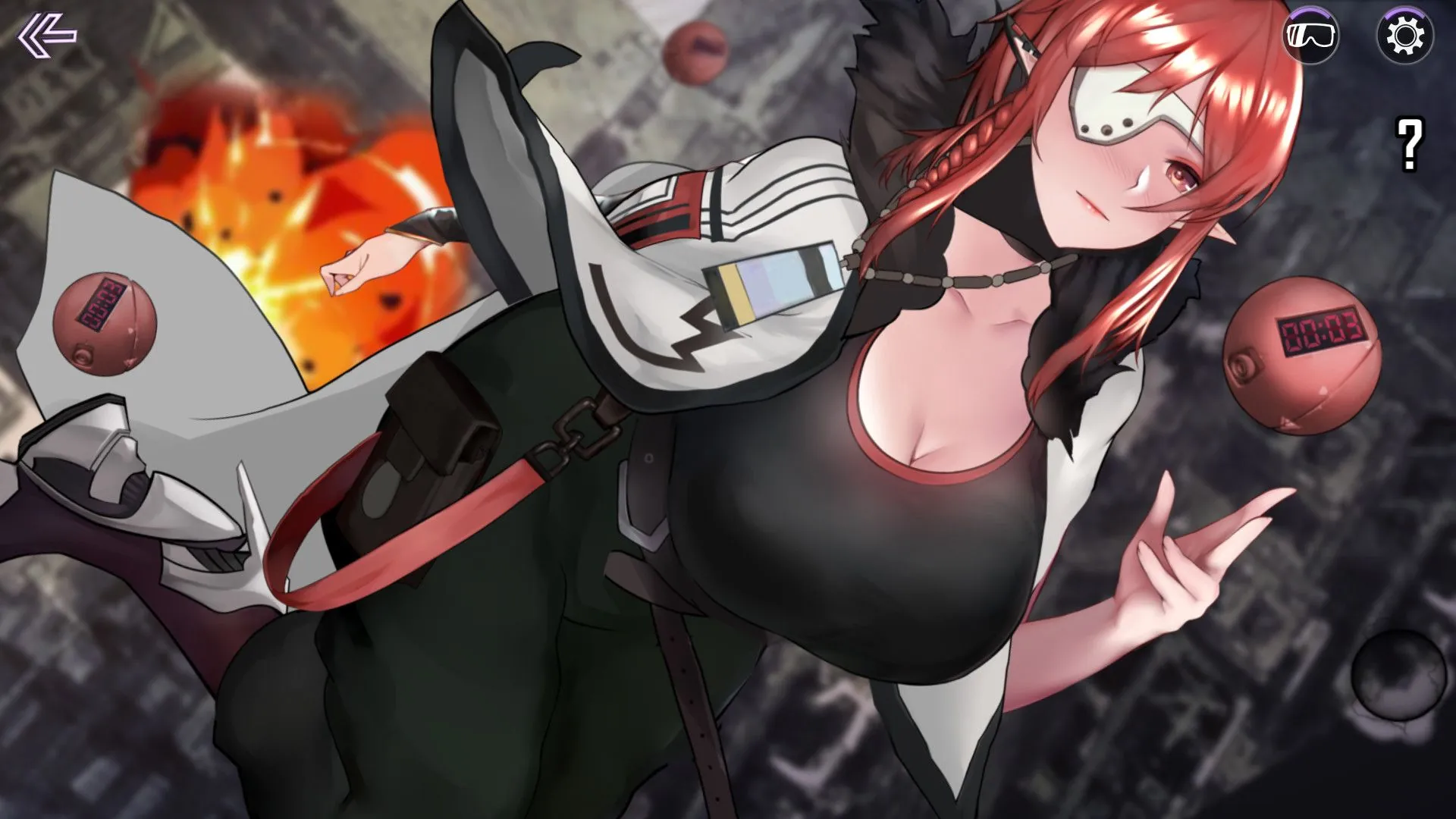
Something to Write About: The Author
Play Something to Write About: The Author
Something to Write About: The Author review
An In-Depth Look at the Interactive Narrative Experience
Something to Write About: The Author is a distinctive interactive narrative game that blends storytelling with player-driven choices. Centered on a young bestselling author struggling with trauma and creative block, the game invites players to shape the story through their writing and decisions. This article explores the game’s immersive experience, character dynamics, and gameplay mechanics, offering a comprehensive guide for those curious about this unique title.
Exploring the Gameplay and Narrative of Something to Write About: The Author
When I first booted up Something to Write About: The Author, I expected a typical story-driven game. What I got was something entirely different—an experience that handed me the pen and said, “Your turn.” 🖊️ This interactive storytelling game immediately sets itself apart by making you the primary architect of the narrative, rather than a passive observer. The core of the Something to Write About gameplay revolves around your ability to shape events through written input, creating a deeply personal connection to the characters and plot. If you’ve ever felt frustrated by limited dialogue options in other games, this title will feel like a breath of fresh air, putting the power of creation squarely in your hands.
What Makes the Gameplay Unique?
The Something to Write About gameplay is a radical departure from traditional gaming conventions. Instead of mastering combat combos or solving environmental puzzles, you’re tasked with writing responses, actions, and dialogue for the characters. 🎭 This text-based input game mechanics mean you’re constantly engaged in crafting the story moment by moment. I remember one session where I had to decide how a character should react to a sudden betrayal; typing out their emotional outburst felt more impactful than any pre-scripted cutscene could.
What truly sets it apart is how the game blends creative freedom with structural guidance. You’re not writing in a vacuum—the game provides prompts and contexts that inspire your input, ensuring the narrative remains coherent while still being uniquely yours. This approach makes the Something to Write About gameplay accessible even if you’re not a seasoned writer, yet deep enough to satisfy those with a literary bent.
Here’s a quick breakdown of the core elements that define this experience:
| Core Gameplay Features | Narrative Elements | Player Roles |
|---|---|---|
| Text-based command input | Dynamic character relationships | Author of the story |
| Real-time narrative feedback | Moral and ethical dilemmas | Director of scenes |
| Contextual writing prompts | Multiple story arcs | Character voice shaper |
This framework ensures that every session feels fresh, as the creative writing game mechanics encourage you to experiment with different tones and styles. 🚀 Whether you’re guiding a heartfelt conversation or a tense confrontation, the game adapts to your choices, making each playthrough a unique narrative journey.
How Player Choices Shape the Story
In most games, choices might change a line of dialogue or alter an ending, but in Something to Write About: The Author, the player choices impact story development on a fundamental level. 🌟 The narrative branching system is incredibly responsive, with your written input directly influencing character motivations, plot twists, and even the story’s pacing. For instance, during a pivotal moment, I decided to have my protagonist forgive a rival instead of seeking revenge. This single decision opened up an entirely new subplot about redemption that I hadn’t encountered in previous attempts.
The beauty of this system is that it doesn’t just track major decisions—it remembers the subtle nuances of your writing. The words you choose, the emotions you convey, and the actions you describe all feed into the game’s AI, which then tailors subsequent events accordingly. This means the player choices impact story outcomes in ways that feel organic and earned, rather than predetermined.
Pro Tip: To get the most out of the narrative, try varying your writing style between playthroughs. A sarcastic tone might lead to comedic misunderstandings, while a solemn approach could unlock deeper character backstories.
Here’s how your input typically flows through the game:
- You receive a story prompt or situation.
- You write a response or action using the text-based input game interface.
- The game processes your input and generates immediate consequences.
- Characters react based on your words, altering their relationships and the plot direction.
- The narrative branching system ensures that no two stories are alike, with countless possible endings.
This dynamic makes you constantly aware that your words carry weight, enhancing the immersion and making every choice feel significant. 🧩
The Role of Interactive Writing in Engagement
The emotional engagement in games often hinges on how connected you feel to the characters and world, and Something to Write About: The Author masters this through its creative writing game mechanics. ✨ By requiring you to actively participate in the storytelling process, the game fosters a level of investment that’s rare in the gaming world. I found myself genuinely caring about the fates of my characters because I was the one shaping their journeys—their triumphs felt like my triumphs, and their failures hit hard because I had authored them.
This interactive storytelling game doesn’t just ask you to make choices; it asks you to justify them through writing, which deepens the cognitive and emotional connection. When you have to articulate why a character should take a certain risk or express a particular feeling, you’re engaging in a form of role-playing that’s both intellectual and visceral. The emotional engagement in games here is amplified because you’re not just watching a story unfold—you’re living it through your words.
Practical advice for maximizing your experience:
- Don’t rush your responses. Take time to think about character motivations before you write.
- Experiment with different narrative voices to see how the game reacts.
- Replay sections to explore how alternate choices change the story dynamics.
Ultimately, the game’s strength lies in its ability to make you feel like a true co-creator. The creative writing game mechanics ensure that your imagination is the primary tool, leading to a profoundly personal and replayable experience. 🎉 Whether you’re crafting a epic tale or an intimate drama, Something to Write About: The Author proves that the most powerful stories are the ones we help write ourselves.
Something to Write About: The Author offers a refreshing and deeply personal interactive experience that challenges players to engage creatively and emotionally. By blending narrative writing with meaningful choices, it stands out in its genre and invites players to explore complex character dynamics and story outcomes. Whether you enjoy immersive storytelling or unique gameplay mechanics, this game provides a compelling journey worth exploring. Dive in and discover how your words can shape a captivating story.










